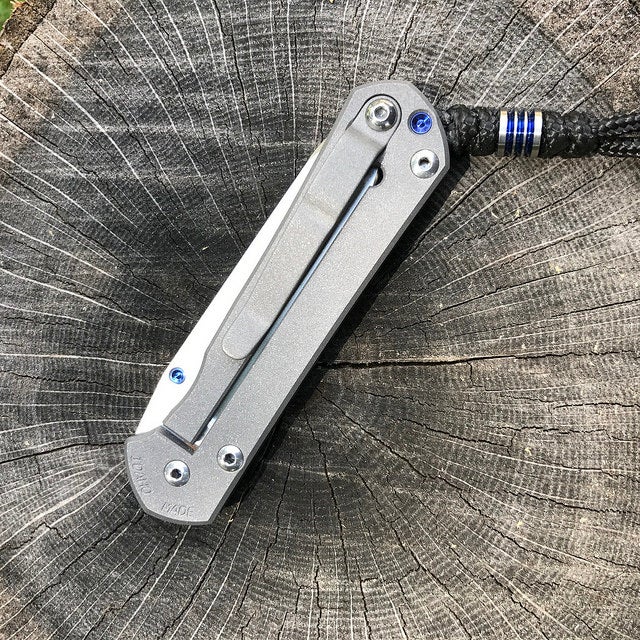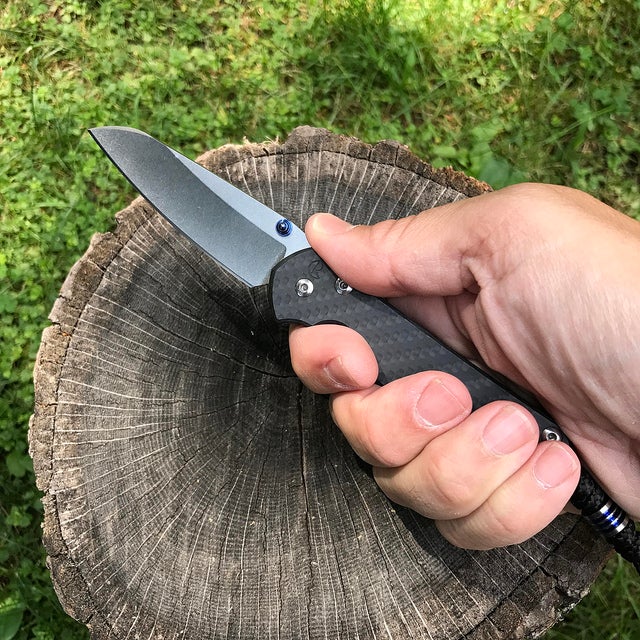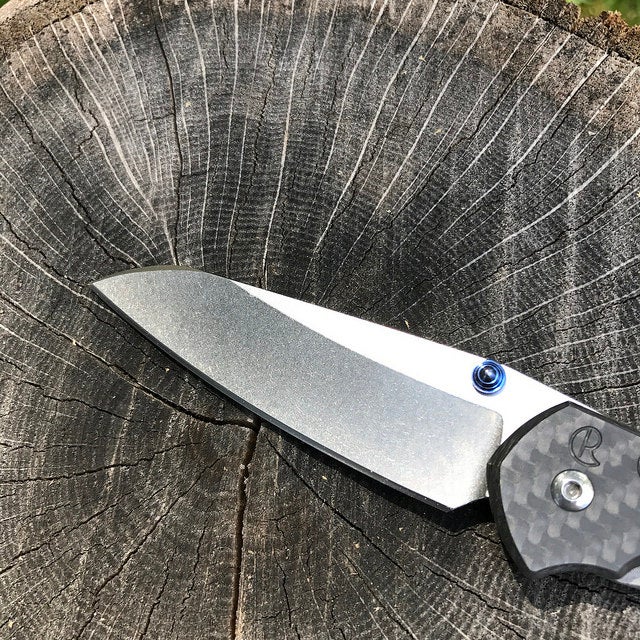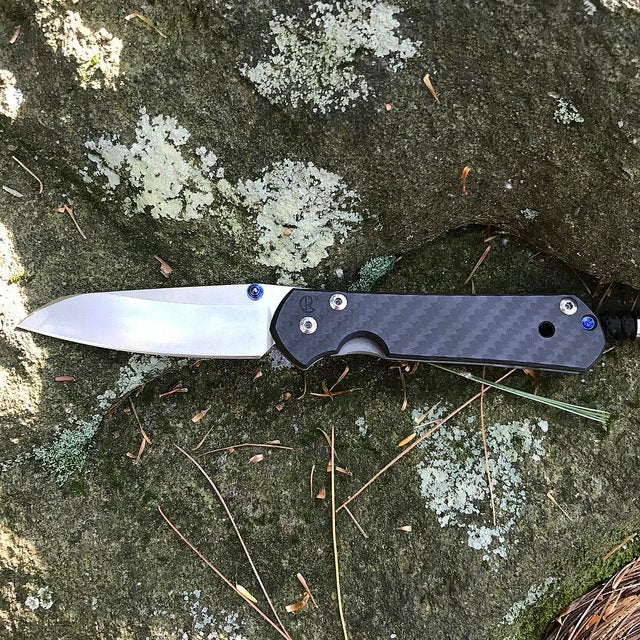Knife Review: Chris Reeve Sebenza 21 Small Carbon Fiber Insingo
Tony Sculimbrene 09.27.17

In the world of hypercars, the baseline model is usually pretty amazing, but if you want the best of the best, the most rarified of speed sleds, you need to wait for special editions (or “specs” in hypercar parlance). The Pagani Huayra is a beautiful object and world-class performer, but the one-off specs with individual color schemes, special tuning, and a variety of aesthetic variations add up to the true elite of elites.
In the knife world the production Sebenza, long Chris Reeve Knives’ best-seller, is the standard by which all other knives are judged. Even compared to custom knives, the Sebenza more than holds its own. And as with hypercars, Chris Reeve knows the allure of a special edition. There are Sebenzas with exotic wood inlays, micarta inlays, custom graphics on the handle, and Damascus blades. All of this variation comes at a price.
If you want the best of the best, the zenith Sebenza, there is no question what spec you want–the Small Sebenza with carbon fiber scale and the Insingo blade shape. Sure, some specs are pricier and more blingy, but if your criteria is solely performance, you will not find a better production knife than this particular version of the Sebenza.
I like a few other knives just as much, but in my seven or so years of experience reviewing knives there is nothing out there that is just outright better. This knife is exclusive to KnifeArt and it does come at a small price premium ($330 versus $395). But having used the knife extensively for about two months I can tell you, it’s worth it. If this was your only knife ever, you would die having never been disappointed.
Description
This knife is a mid-sized folding knife with a blade length of 2.94 inches. The knife weighs in at a feathery 2 ounces (the standard version is a full ounce heavier). The blade steel is S35VN, a very good powder metal steel made, like the rest of the knife, in the USA. The blade has a bright stonewashed finish with a crowned (or rounded over) spine. The original was the ur-framelock and this version is no different.
Testing
As perhaps the quintenssential EDC knife, I used the Sebenza to do food prep, break boxes, process recycling, cut paper and cardboard, and light fire-prep tasks. In particular, the Sebenza did very well in food prep, slicing not splitting apples, and parting both sticky and crumbly cheese with ease. It also did very well at curling up kindling, making almost artistic-looking feathersticks.
Design
A lot of the basic Sebenza design choices are simply time-tested greatness. The framelock is great. The double dip pocket clip is among the best in the knife business. The crowned spine with fine but grippy jimping is excellent.
Here, the real difference-maker is the Insingo blade shape.
I was a bit worried, given how iconic the appearance of the Sebenza was, that the different blade shape would be jarring, but in reality I actually strongly prefer the look of the Insingo shape. Having carried both, now it’s hard to imagine choosing the drop point original. The key here is the continuous curve cutting edge.
Epic outdoorsman Mors Kochanski talks about the benefits of this cutting edge in all of his books and videos and the truth is, the more experience I get with knives, the more I recognize that he is right. The long straightaways on many knives don’t serve much purpose, as you rarely use your knife like a paper cutter, but with a continuous curve edge you can perform rolling cuts and slicing cuts all day long. As these are the bulk of cuts one does with a folder, the Insingo blade shape is ideal.
Implementation
The pivot was exceptional too. Today, with bearing pivots everywhere, there are knives that fly open and slam shut. To me, this is a cheap way of making a knife “feel” high end. I would much prefer, for safety reasons and quality reasons, a smooth but controlled pivot like the one found on this knife. You can still pop open the blade with the right pressure on the thumb stud, but there is zero looseness or slop.
The lock has the right amount of engagement and just enough stick to let you know it’s engaged and the pocket clip has a perfect amount of spring tension. The fit and finish is what you’d expect from a Chris Reeve blade–in a word, it’s perfect.
Conclusion
This is my second Sebenza, and having done a wide tour of the knife world in between I can tell you that I appreciate the refinement and performance of my second Sebenza much more than the first. I think that is normal. Stacked up against some very fine customs, the Sebenza is right at home. It is a great knife, a great design, and an achievement in production blades. But this version, with its wonderful blade shape and carbon fiber scale, is better than the original by a noticeable margin. Even a knife neophyte would notice (the weight difference is hard to ignore).
If you want the best production knife in the world and aren’t all that worried about price, this is it. Sure there are now tons of blades more costly than the Sebenza, but none that I have handled perform better than this treasure of a cutting tool. You can only get this particular version at Knife Art, but really, this is the version you want.



